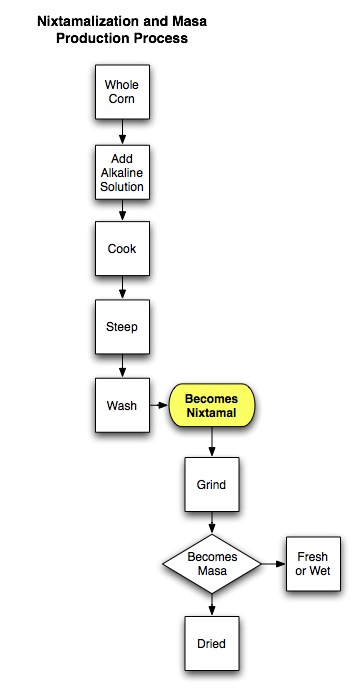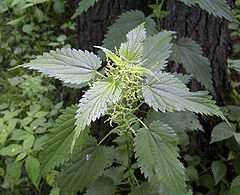We had heard of Squash Blossom Soup but had never been in a position to make it, either through the fickle nature of the ingredient or time constraints. Jim had had a decadent dish of fried ricotta and chive stuffed squash blossoms at a posh restaurant in St. Moritz (no kidding), but had never worked with this product before. But the zucchini plants never seem to sleep!
Looking on the Interwebs, we found many recipes for Squash Blossom Soup. They all incorporated the "usual suspects": fat (butter or olive oil), garlic, onion, squash blossoms, chicken stock, and a dairy product yet they lacked the balance of acid and any herbs and/or spices.
We came upon this recipe and it seemed right. Our doctoring is in italics and because we doubled the recipe, we have re-written the recipe below...
Flor de Calabaza Sopa
Serves 4
- 3 tbsp butter
- 1 medium white onion, finely diced
- 6 cloves garlic, crushed
- 6 cups / 180 g squash blossoms, cap and stamen removed, chopped
- 2 cup chicken broth
- 2 cup veggie broth (we used no veggie broth but 2 more cups of chicken broth)
- 1/2 jalapeno, minced or sweet red bell pepper, finely diced
- 1 tsp cumin
- salt
- sour cream (optional) : we used the creme fraiche that we had made the day before.
- Add-ons:
- 1 tsp ground coriander
- 1 tbsp lime juice
- Chopped cilantro for garnish
- Dollop creme fraiche for garnish
We served the soup with Brian's Bread Cracked Wheat Sourdough bread with the Zucchini bread for dessert.
With 12 pounds of zucchini left over, guess what we're having for dinner tomorrow? Yeah , we couldn't give it all away....
Yours squashfully,
Jim and Peta


